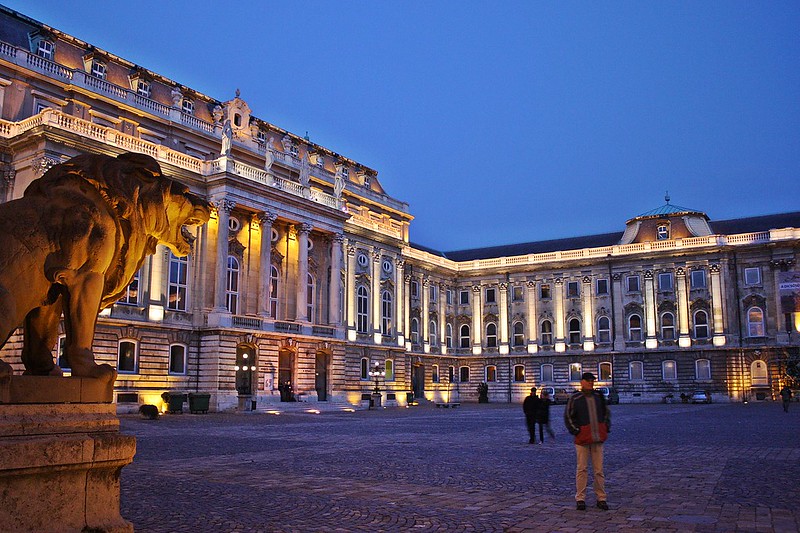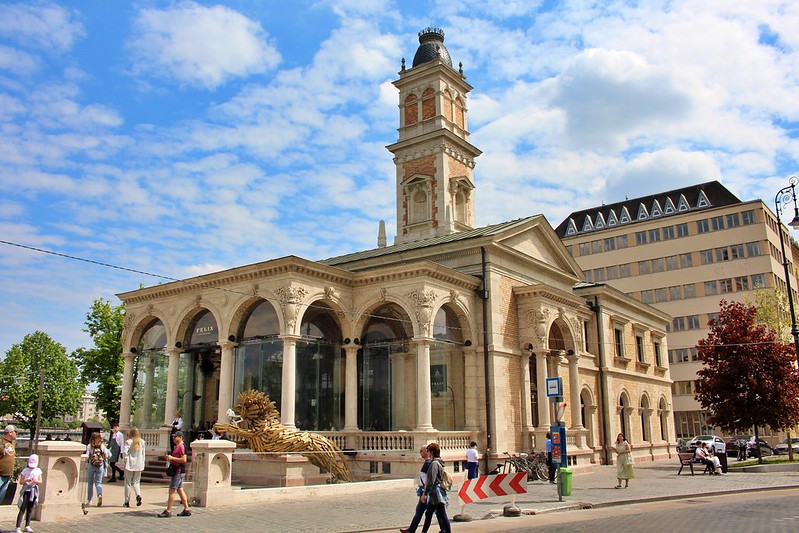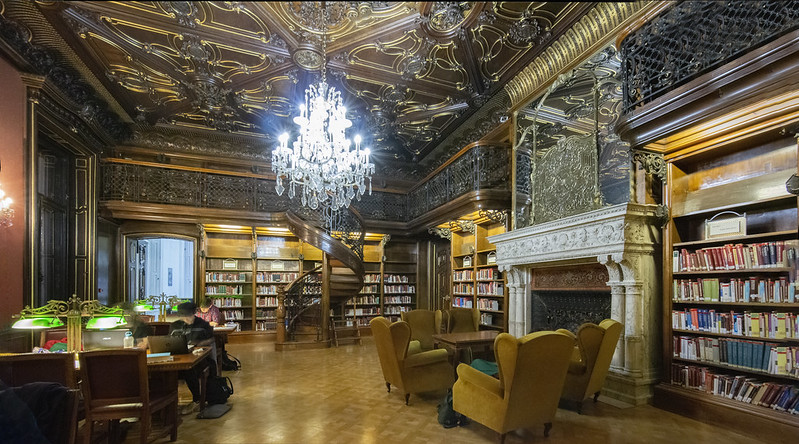Budapest’s Architectural Splendor: Exploring its Palaces and Historic Buildings
Budapest’s cityscape is a treasure trove of architectural marvels, each a storybook of epochs gone by. With an array of palaces and historic buildings, Budapest’s architectural panorama presents a rich tapestry of styles – from Neo-Classicism, Historicism, and Secession to vestiges of the Gothic, Renaissance, and Baroque periods.
The Royal Palace stands as a testament to the city’s vibrant history. Its roots extend to the 13th century, yet its current splendor reflects the opulence of the 19th century. Today, it serves as the domicile for some of the city’s finest museums, inviting locals and tourists alike to delve into Hungary’s rich past.

A charming ensemble awaits at the Vienna Gate Square with a row of houses built on the ruins of medieval dwellings. These structures, bedecked with decorative motifs from the Baroque, Rococo, and Neo-Classical periods, provide a picturesque snapshot of the city’s evolving architectural preferences.
The 19th-century Sándor Palace tells a tale of resilience and revival. Despite the wear and tear of time, the original friezes were recreated by local artists during its restoration, and today it stands as the headquarters of the President of the Republic of Hungary.

The Várkert Casino, a Neo-Renaissance marvel, stands proudly as the brainchild of architect Miklós Ybl. Originally built as a pump house for the Royal Palace, it now offers a regal backdrop for recreation.

The Hungarian Academy of Science bears the intellectual legacy of Hungary on its façade. Sculptures symbolizing major fields of knowledge, such as law, natural history, mathematics, philosophy, linguistics, and history, capture the spirit of scholarly pursuit and intellectual growth.

Moving towards Kodály körönd, one is greeted by the Pallavicini Palace. This Neo-Renaissance mansion, completed in 1882, features an inner courtyard inspired by the Palazzo Marini in Milan, a testament to the cross-cultural exchange of architectural ideas.
The Ervin Szabó Library finds its home in a grand Neo-Baroque palace erected in 1887 for the affluent Wenckheim family. Today, this architectural masterpiece is a beacon of knowledge, welcoming scholars and curious minds alike.

The Péterffy Palace, built in 1756, is one of the few remaining Baroque mansions in Pest. It carries the memory of the flood of 1838, commemorated on a plaque, reminding the city of its resilience in the face of adversity.
Budapest’s palaces and historic buildings serve as the architectural encyclopedia of the city’s past, presenting a physical narrative of its evolving style, influences, and historical moments. Each visit to these sites is an invitation to step back in time, trace the lines of history etched into the stone, and appreciate the city’s architectural evolution.